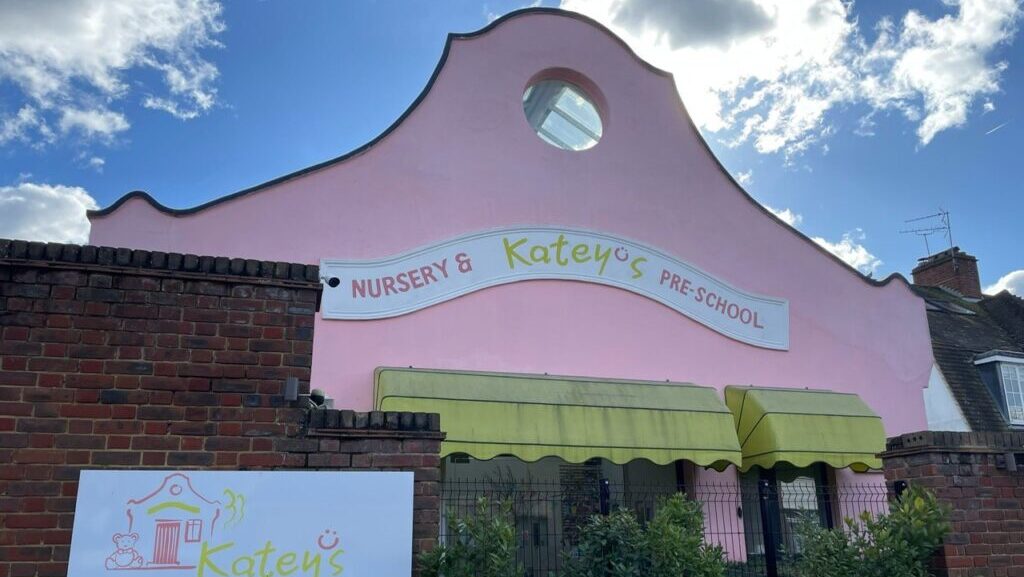The winners of the National NMT Nursery Awards reflect on what their achievement means to them
Know your lease
Jenny Hyde, associate director at dot2dot Nursery Insurance, explains the importance of understanding the terms of your lease when arranging insurance

The proportion of leasehold nursery sales continues to increase, with 61% of day nurseries sold last year being leasehold, compared with 57% in 2023 according to Christie & Co’s latest report. It is therefore even more important that nurseries understand their lease when arranging insurance.
When a building is leased and a claim occurs, insurers will always request a copy of the lease to determine whose insurance policy can respond to the damage – tenant or landlord? The lease agreement sets out who should insure what, so it’s important that this is fully understood before insurance is arranged.
Who should insure the building?
Typically, the lease will allow the landlord to insure the building and any loss of rent, and it’s not uncommon for the cost of this insurance to be passed onto the tenant. Alternatively, the lease can make it the tenant’s responsibility to insure the building, with a request that the landlord’s interest in the property is noted on the insurance policy.
Irrespective of who insures the building, it is critical that the ‘sum insured’ (the maximum amount an insurance company will pay out if you make a claim) is an accurate reflection of how much it would cost to rebuild. The sum insured should include demolition, site clearance and professional fees, as well taking into account Value Added Tax if the policyholder is not VAT-registered. It is strongly recommended that a formal reinstatement valuation (a professional assessment of how much it would cost to rebuild a property completely from scratch) is obtained at least every three years to ensure the sum is accurate, and avoid any risk of underinsurance.
Leases are usually drafted on behalf of landlords to protect their interests. Therefore, if tenants are responsible for insuring the building, it is highly likely there will be a clause requiring them to make sure that the sum insured is set correctly.
The potential consequences of a tenant not correctly insuring a building are:
1. The cost of the repair to the building may not be met in full by the insurance claim leaving the tenant to pay any shortfall.
2. There will be a delay in restoring the building and the business returning to its normal operation, if at all.
3. There will be a breach of contract as the obligations of the lease have not been met.
If the landlord is responsible for the insurance of the building, unfortunately there will not be the same obligations within the lease to ensure the sum insured is accurate. However, as the tenant, the risks of repair costs not being met in full and delays in reopening are still a risk to you and your business. It would be good practice to request confirmation of how the landlord has set the sum insured. It is also worth asking your own legal advisors to review your leases to ensure they meet your needs as well as the landlord’s.
Do I need to insure Tenant’s Improvements?
Cover for Tenant’s Improvements protects any funds that you have invested into the property or anything that you may be responsible for as tenant under the terms of your lease.
Some tenants may spend significant sums in converting a building to be suitable for their nursery business, such as adding children’s lavatories, flooring or installing additional kitchens. Where there’s been a complete change of use, we have known clients to spend hundreds of thousands of pounds. These costs will need to be protected by the tenant’s insurance as it’s unlikely the landlord’s policy will extend to cover them.
Tenant’s Improvements cover may still be required for tenants who haven’t made significant changes, to insure what they are responsible for under the terms of the lease, such as redecoration costs.
Acquisitions
Issues with claims can arise following an acquisition of an existing nursery where the lease is inherited. It is not always clear what work the previous tenants carried out to the building. These changes can have occurred over many years and unknowingly be transferred to the new tenant under the terms of the existing lease.
In these circumstances, the Tenant’s Improvements sum can be difficult to calculate. Following an acquisition it is advisable either to agree a new lease or have an addendum to the existing lease clarifying who needs to insure what.
Leases can vary greatly in the insurance obligations placed on the tenant and must therefore be reviewed very carefully to ensure your protection in the event of an insurance claim.
Latest Features
Stephanie Mensah, co-founder of Bibinee Dolls, explores the importance of diversity in early years education and asks if we are…
We find out how Chalk Nursery Group worked with managed technologies firm Active8 to make life easier for its nursery…




